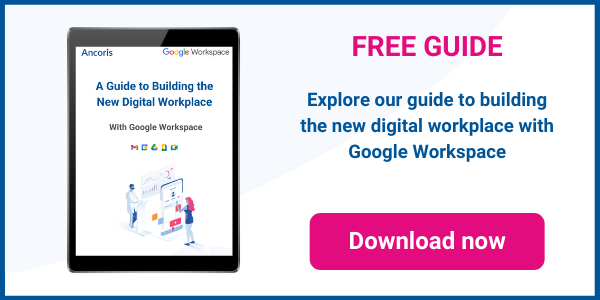The idea of a paperless office has been around for a long time. It was first floated in an article in Business Week back in 1975. More than 40 years on, we still haven’t got rid of paper or the logic of the paper trail, but technology — especially cloud computing — is finally allowing us to get a lot closer to that goal.
But given the struggle to go paper-free, why have we kept trying? There are lots of benefits to a paperless office:
-
faster document creation and approval. General document creation is mainly done electronically these days, but too many companies are still printing a variety of documents such as purchase orders, invoices and statements to name but a few. Moving to electronic signature for all documents, be it job contracts or POs speeds up the process and removes the friction associated with paper. And with accounting software having moved to the cloud, there is really no need to do invoice to PO matching or bank reconciliation manually — great for deadlines and for saving time.
-
faster and more accurate reporting. Replacing paper forms with web or mobile apps means data is available as soon as it's provided. There’s no delay while you wait for paper forms to arrive at head office and be keyed in, and you eliminate the errors you get with manual data entry. A customer of ours, which installs and services products at customer sites, replaced paper-based floor plans and records with a custom mobile app that lets field technicians access and update customer data while they’re on site. The result it that everyone — customers and technicians — can always see the current status of all products.
-
better support for remote and mobile working. When your team aren’t relying on paper copies of documents to get their work done, they can work from anywhere, at any time and from any device. For many of our clients, their G Suite investment provided them with business continuity and resilience when we all had to leave the office and work from home. G Suite meant they could collaborate and communicate easily, using video conferencing and shared documents.
-
better security and compliance. Paper documents can easily be lost and stolen, copied and shared inappropriately, or damaged by fire and flood. Sensitive paperwork also needs to be disposed off securely and storing paper documents for compliance such as GDPR is expensive in terms of storage space and labour. Moving all your files into a content management system like Google Drive means they’re always protected by world-class security, including advanced access controls and encryption of data when in transit and at rest. You also gain access to tools like Vault eDiscovery and archiving so can easily preserve and retrieve all necessary records for legal, financial and regulatory purposes.
-
eco-friendly - Of course, going paperless will also help you save on stationery and printing costs, office and storage space, and the cost of waste disposal. One of our customers removed on average 250,000 pieces of paper from the collection process each year by using cloud and mobile instead.
So, with all these benefits, why aren’t we already all working in paperless offices? There are three reasons:
-
The technology has been in place to improve personal productivity, but departmental silos still exist, which has made it more difficult to remove paper altogether. But cloud computing has changed all that, with:
-
cloud-based collaborative productivity suites that let teams work concurrently on documents, spreadsheets and presentations and share them easily but securely
-
cloud-based storage that lets you store and share files securely and make them available to your team no matter where they are
-
cloud-based custom mobile and web apps that let your team work with data and documents from anywhere, at any time, on any device
-
People don’t like change very much — and for some, moving to a paperless office is a huge change. But we’re seeing a greater appetite these days for paperless working among employees especially as we have had to get used to working away from the office and our old filing cabinets. On top of this, the Millennials who now make up more than half the workforce are used to running their lives through their smartphones. They already know the benefits of going paper-free when banking, reading the newspaper or organising a social event with a group of friends.
-
Finally, we need to get our new paperless processes right — and get the process of switching over to them right, too. It is not about digitising a process to follow the paper trail. It's about changing the process and removing friction at every possible stage. You can then layer a change management programme — something we provide as part of every business transformation project we deliver. It makes sure you move your team from their current way of working in a paper-based office to being productive and effective in a new, paperless environment, as quickly and seamlessly as possible.
Working with our digital transformation specialists
If you're involved in the busy day to day and your teams have been working with a process a certain way for years, it can be hard to step back to imagine doing it in a totally different way.
Got an idea to transform your business and want help bringing it to life? We’re all ears. We design, build and manage customised mobile and cloud apps to meet your specific needs – either alongside your team or for you. Our early prowess in mastering APIs led to Google itself becoming a customer and us building their Exam Platform. So not only do we know our onions but you can trust us to deliver innovation and edge in spades.
If you’d like to find out more about how we can help you with your own digital transformation journey, why not take a look at some of our customer success stories or talk to our Digital Transformation Specialists.

